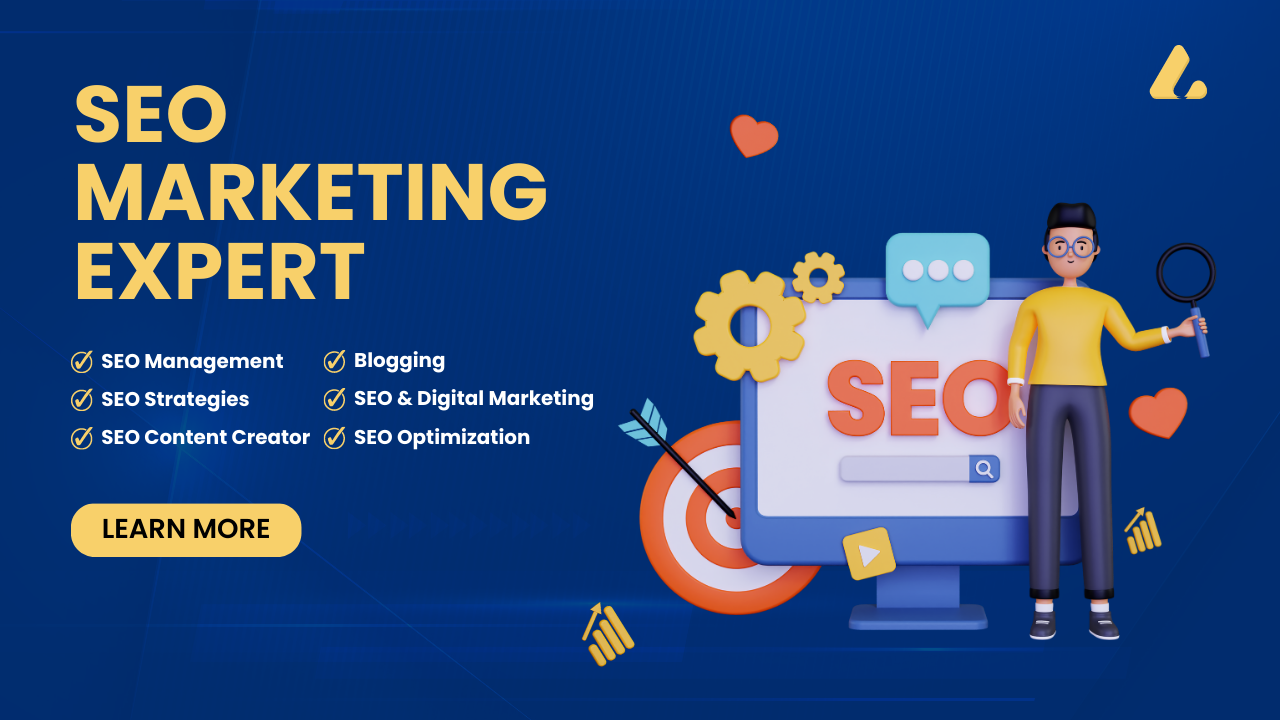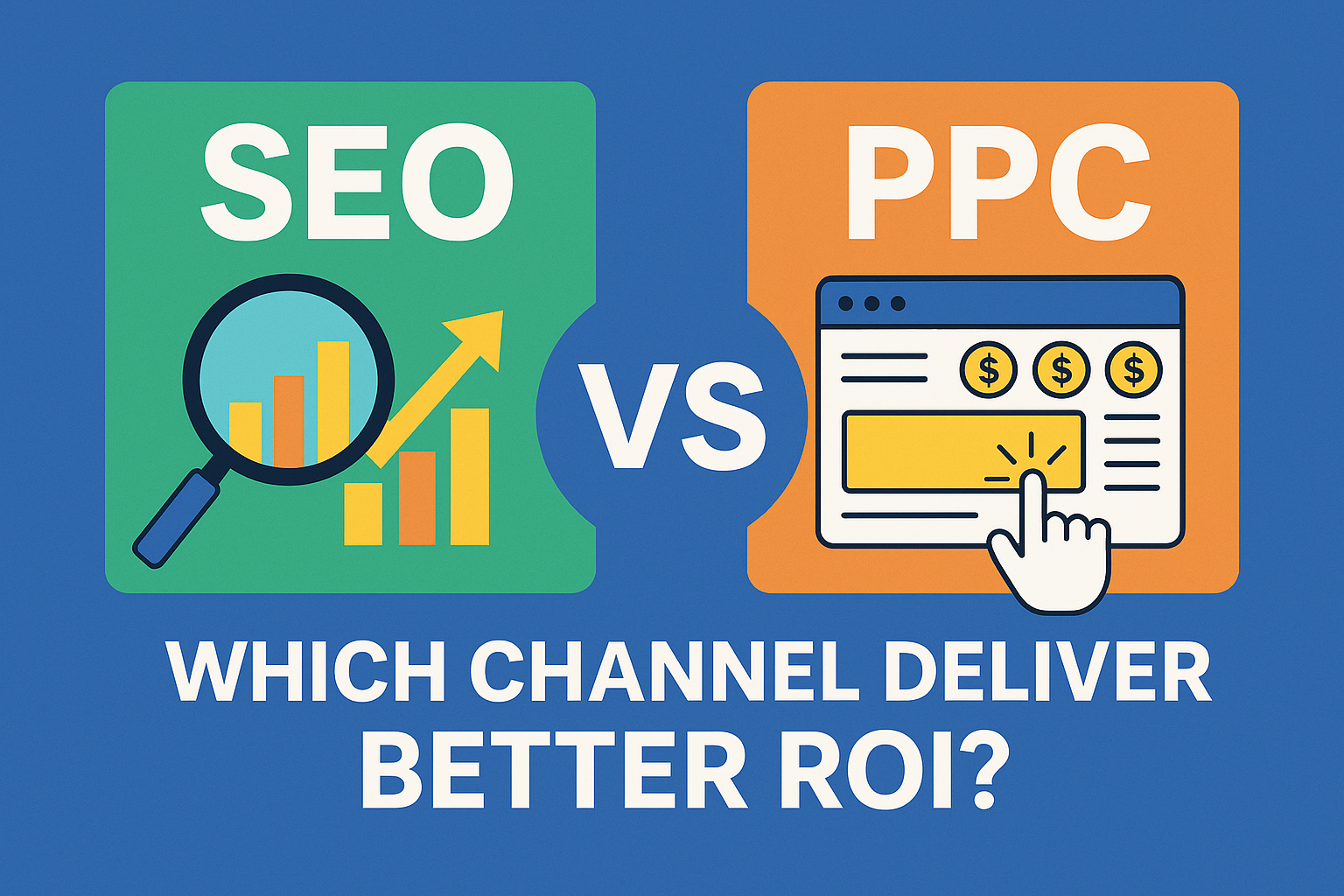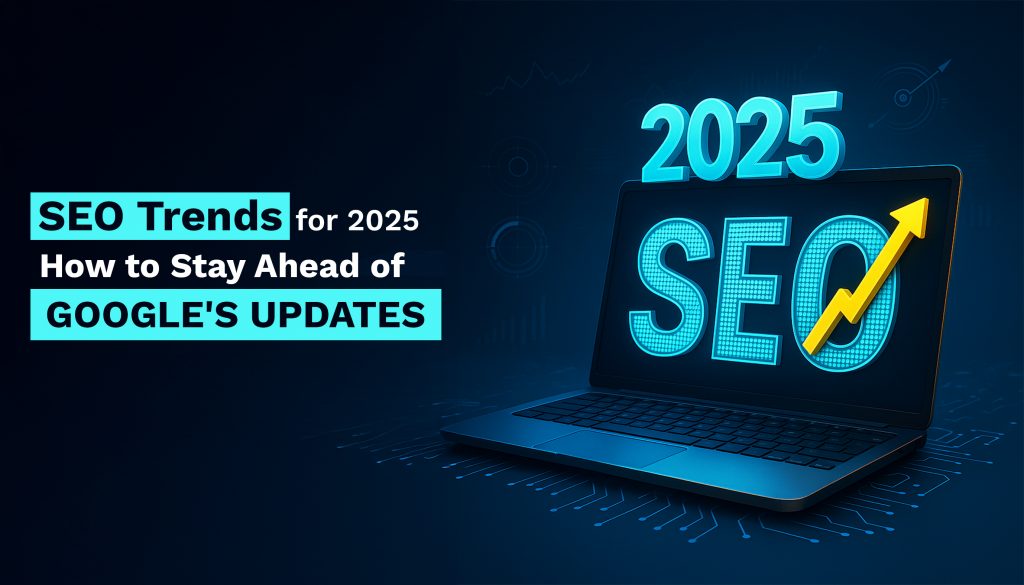
In today’s digital world, visibility is everything. Businesses that dominate search engines dominate markets. SEO (Search Engine Optimization) marketing is the strategy behind this dominance. It’s not just about ranking higher—it’s about reaching the right people, at the right time, with the right message.
In this comprehensive guide, we’ll explore everything you need to know about SEO marketing: what it is, how it works, its components, and how you can create a powerful SEO strategy to grow your business organically.
What is SEO Marketing?
SEO marketing refers to the process of optimizing your website and its content to improve its visibility in search engine results pages (SERPs). The goal is to attract more organic (non-paid) traffic from search engines like Google, Bing, and Yahoo.
It’s about understanding what your potential customers are searching for online, the words they’re using, and the type of content they want. Then, it’s about giving them what they need—better than anyone else.
Why is SEO Important for Businesses?
If your website doesn’t appear on the first page of Google, you’re missing out on 90% of potential clicks. Here’s why SEO is vital:
- Increased Visibility: Higher rankings mean more eyes on your website.
- Cost-Effective: Unlike paid ads, SEO brings long-term results without ongoing costs.
- Builds Trust: Users trust Google. Ranking high adds credibility to your brand.
- Better User Experience: SEO encourages mobile optimization, fast load times, and high-quality content.
According to HubSpot, 61% of marketers say improving SEO and growing their organic presence is their top inbound marketing priority.
How Search Engines Work
Before you can optimize for search engines, you need to understand how they work. Search engines like Google operate in three stages:
- Crawling: Bots (or spiders) scan the web for new and updated content.
- Indexing: Discovered pages are stored and organized in the search engine’s database.
- Ranking: Search engines determine the best order to display results for a query.
Google uses over 200 ranking factors, including keywords, page speed, mobile usability, backlinks, and user engagement metrics.
Key Components of SEO Marketing
A successful SEO strategy requires a combination of different techniques. Here’s a breakdown of the five main components:
Keyword Research
Keywords are the foundation of SEO. They represent what users type into search engines.
Tips for Keyword Research:
- Use tools like Google Keyword Planner, Ahrefs, or SEMrush.
- Focus on long-tail keywords (e.g., “best SEO tools for small business”)—they’re less competitive and more specific.
- Understand search intent—informational, navigational, transactional, or commercial.
On-Page SEO
This refers to optimizations made on your website.
Key On-Page Elements:
- Title Tags: Include keywords and keep it under 60 characters.
- Meta Descriptions: Compelling and keyword-rich (under 160 characters).
- Headers (H1-H6): Organize content and include relevant keywords.
- Internal Linking: Helps Google crawl your site and keeps users engaged.
- Image Optimization: Use descriptive filenames and ALT tags.
- Mobile Responsiveness: Your site must be mobile-friendly.
Off-Page SEO
This refers to actions taken outside your website to improve rankings by Seo Marketing.
Key Off-Page Techniques:
- Backlink Building: Get other reputable sites to link to your content.
- Social Media Sharing: Increases visibility and referral traffic.
- Guest Posting: Publish high-quality content on other sites in your niche.
- Brand Mentions: Even unlinked mentions can influence SEO.
Technical SEO
This ensures that search engines can easily crawl and index your site.
Key Technical Factors:
- Site Speed: Use tools like Google PageSpeed Insights to identify issues.
- XML Sitemap: Helps search engines understand your site structure.
- Robots.txt File: Tells search engines what to crawl or not.
- Secure Sockets Layer (SSL): HTTPS is a ranking factor.
- Canonical Tags: Avoid duplicate content penalties.
Local SEO
For businesses with physical locations or regional services, local SEO is essential.
Key Local SEO Tasks:
- Claim and optimize your Google Business Profile.
- Get listed in local directories (e.g., Yelp, Bing Places).
- Encourage customer reviews.
- Use local keywords like “plumber in Chicago.”
SEO vs Paid Advertising
Both SEO and PPC (Pay-Per-Click) can help you appear in search results, but they work differently.
| Feature | SEO | PPC |
| Cost | Free (but time-consuming) | Paid (can be expensive) |
| Results | Long-term, gradual | Instant but temporary |
| Trust | Higher (organic results) | Lower (users skip ads) |
| Click-through rate | Higher for organic | Lower for ads |
A balanced approach often works best—use SEO for long-term growth, and PPC for short-term results or high-competition keywords.
How to Build an Effective SEO Strategy
Here’s a step-by-step framework to build your SEO marketing strategy:
Step 1: Set Goals
Define your SEO goals. Are you looking for more traffic, leads, or sales? Use SMART goals: Specific, Measurable, Achievable, Relevant, and Time-bound.
Step 2: Perform an SEO Audit
Use tools like Screaming Frog, Google Search Console, and Ahrefs to identify:
- Broken links
- Duplicate content
- Missing metadata
- Slow-loading pages
Step 3: Research Your Audience and Keywords
Understand your audience’s pain points and how they search online. Develop a keyword strategy based on volume, competition, and intent.
Step 4: Optimize Your Website
Update pages with proper metadata, improve internal linking, add schema markup, and ensure mobile usability.
Step 5: Create High-Quality Content
Content is the core of SEO. Focus on E-E-A-T: Experience, Expertise, Authoritativeness, and Trustworthiness.
Content ideas:
- Blog posts
- How-to guides
- Product pages
- Infographics
- Case studies
Step 6: Build Links and Promote Content
Reach out to bloggers, submit to directories, and share your content on social platforms to earn backlinks and exposure.
Step 7: Monitor Performance
Track your rankings, clicks, bounce rate, and conversions using:
- Google Analytics
- Google Search Console
- Ahrefs / SEMrush
SEO Tools That Make Your Life Easier
You don’t have to do everything manually. Use these tools to supercharge your Seo Marketing:
- Google Search Console – monitor site performance and fix indexing issues.
- Ahrefs / SEMrush – keyword research, backlink audits, competitive analysis.
- Yoast SEO – for on-page optimization (WordPress).
- MozBar – browser extension to analyze SEO metrics instantly.
- Ubersuggest – keyword ideas, content suggestions, and domain overview.
Common SEO Mistakes to Avoid
Even experienced marketers make SEO mistakes. Avoid these pitfalls:
- Keyword Stuffing: Overusing keywords damages readability and rankings.
- Duplicate Content: Always create original, high-value content.
- Ignoring Mobile Optimization: Over 60% of searches happen on mobile.
- Low-Quality Backlinks: Avoid spammy directories and link farms.
- Neglecting User Experience: Focus on fast load times and clean UI/UX.
SEO Trends to Watch in 2025
SEO is always evolving. Stay ahead by following these trends:
- AI-Driven Search: Tools like ChatGPT and Google’s Gemini are reshaping how users search.
- Voice Search Optimization: Use natural language and FAQs.
- Video SEO: Optimize YouTube channels and use transcripts.
- Core Web Vitals: Google prioritizes websites with excellent page experience.
- Zero-Click Searches: Featured snippets and knowledge panels are becoming dominant.
Final Thoughts:
SEO marketing is a long-term investment—but it’s one of the most valuable ones you can make. It builds credibility, drives consistent traffic, and positions your business as a trusted authority in your field.
Whether you’re a small startup or a global enterprise, mastering SEO marketing is essential to online growth. It’s not just about traffic—it’s about the right traffic. By implementing the strategies outlined in this guide, you’ll be well on your way to digital success.
Need Help With SEO?
If you’re looking to boost your rankings and drive more traffic, consider partnering with an SEO expert who can tailor a strategy specifically for your business.






